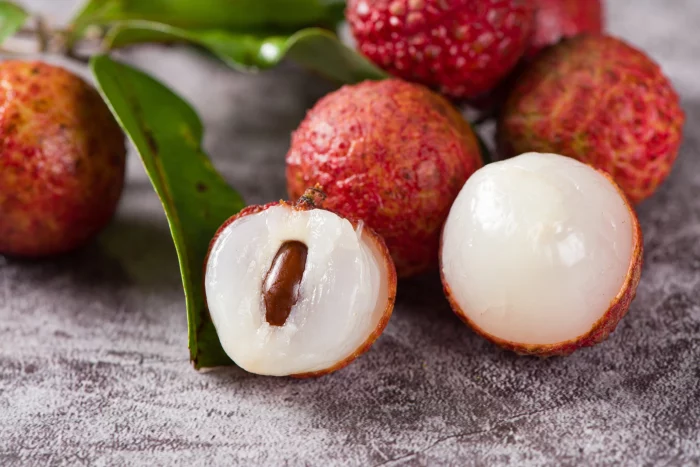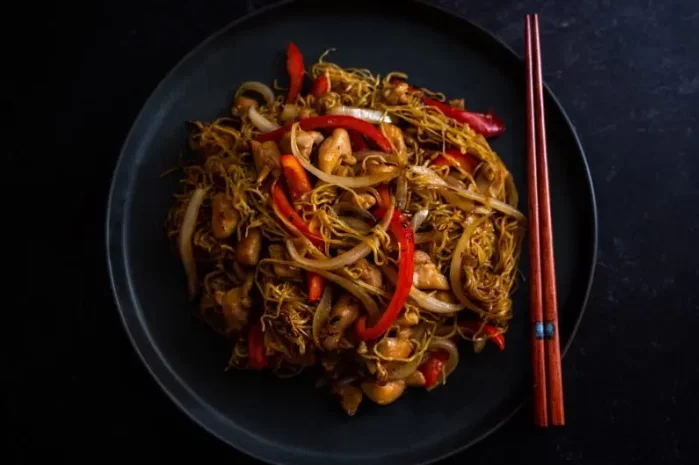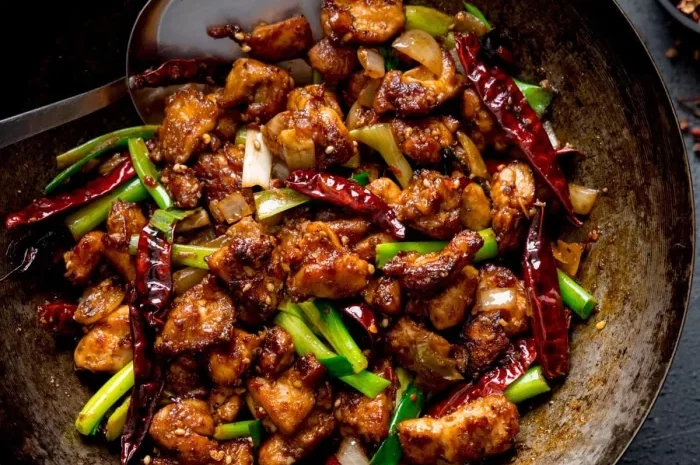China, with its vast and diverse landscapes, has been a cradle of agricultural innovation for thousands of years. From the fertile plains of the Yangtze River to the lush forests of Yunnan province, the country boasts a rich botanical heritage that has given rise to a plethora of fruits enjoyed by people around the world.
In this enlightening journey, we delve into the origins and cultural significance of fruits that trace their roots back to China, exploring their journey from ancient cultivation to modern consumption.
A Land of Diversity
Before delving into specific fruits, it’s essential to appreciate the incredible biodiversity of China’s ecosystems.
With a range of climates, soil types, and elevations, China supports a remarkable array of plant species, many of which have been cultivated for their fruits for centuries. From tropical fruits in the south to temperate fruits in the north, each region contributes to China’s reputation as a fruit-growing powerhouse.
Cultural Significance of Fruits in China
In Chinese culture, fruits hold significant symbolism and are deeply intertwined with traditions, festivals, and superstitions.
Fruits are often used as offerings during religious ceremonies and celebrations and are believed to bring prosperity, longevity, and good fortune. Understanding the cultural significance of fruits provides valuable insights into their importance in Chinese society and culinary practices.
Exploring Fruits Originated from China
Now, let’s embark on a journey to discover some of the most notable fruits that originated from China, each with its unique flavors, textures, and cultural significance.
1. Lychee (Litchi chinensis):
Known as the “King of Fruits” in China, the lychee is native to the subtropical regions of southern China. With its delicate, floral flavor and juicy, translucent flesh, the lychee has been cultivated for over 2,000 years and is prized for its refreshing taste and medicinal properties.
In Chinese folklore, lychees are associated with romance and love, making them a popular gift during the annual Lychee Fair in Guangdong province.
2. Peach (Prunus persica):
The peach has been cultivated in China for over 4,000 years and holds a revered place in Chinese culture and mythology.
Symbolizing longevity, immortality, and prosperity, peaches are often depicted in ancient Chinese art and literature and are associated with the legendary “Peaches of Immortality” believed to grow in the gardens of the gods.
Today, China is the world’s largest producer of peaches, with varieties ranging from the white-fleshed “Bai Tao” to the yellow-fleshed “Huang Tao.”
3. Kumquat (Fortunella spp.):
Native to southern China, kumquats are small, tangy citrus fruits with a sweet edible peel and tart flesh.
In Chinese tradition, kumquats are considered a symbol of prosperity and good luck, particularly during the Lunar New Year, when they are displayed in homes and given as gifts to bring wealth and abundance in the coming year.
Kumquat trees are also popular ornamental plants in China, prized for their fragrant flowers and decorative fruit.
4. Dragon Fruit (Hylocereus spp.):
Also known as pitaya or “fire dragon fruit,” dragon fruit is native to tropical regions of southern China and has been cultivated for centuries for its exotic appearance and mild, slightly sweet flavor.
With its vibrant pink or yellow skin and speckled flesh dotted with tiny black seeds, dragon fruit is a visually striking fruit that is rich in antioxidants, vitamins, and fiber.
In Chinese culture, dragon fruit is associated with strength, vitality, and good fortune, making it a popular gift for special occasions and celebrations.
5. Jujube (Ziziphus jujuba):
Jujube, also known as Chinese date or red date, is a small, sweet fruit native to China that has been cultivated for over 4,000 years.
With its crisp texture and sweet, apple-like flavor, jujube is a popular ingredient in traditional Chinese medicine and cuisine.
In Chinese culture, jujubes are associated with fertility, prosperity, and auspiciousness and are often consumed during weddings, festivals, and other special occasions.
6. Lemon (Citrus limon):
While lemons are believed to have originated in Southeast Asia, they were introduced to China over 1,000 years ago and have since become an integral part of Chinese cuisine and culture.
With their tart flavor and acidic juice, lemons are used to add brightness and acidity to dishes, sauces, and beverages.
In Chinese medicine, lemon is valued for its detoxifying properties and is often used to promote digestion, relieve coughs, and alleviate sore throats.
7. Persimmon (Diospyros spp.):
Persimmons are native to China and have been cultivated for thousands of years for their sweet, succulent fruit and ornamental value.
With their vibrant orange color and rich, honeyed flavor, persimmons are a beloved autumn fruit in China and are often enjoyed fresh, dried, or cooked in various dishes.
In Chinese culture, persimmons symbolize good fortune, happiness, and prosperity and are often given as gifts during the Mid-Autumn Festival and other celebrations.
8. Preserving China’s Fruit Heritage for Future Generations
As China continues to undergo rapid urbanization and economic development, preserving its rich fruit heritage becomes increasingly important.
Efforts to conserve traditional fruit varieties, promote sustainable farming practices, and support small-scale farmers are crucial for safeguarding China’s botanical diversity and cultural heritage.
By celebrating and cherishing fruits that originated from China, we honor the millennia-old tradition of fruit cultivation and ensure that future generations can continue to enjoy the bounty of nature’s gifts.
Conclusion
In conclusion, fruits that originated from China offer a fascinating glimpse into the country’s rich agricultural heritage and cultural traditions.
From the lychee’s delicate sweetness to the peach’s symbolic significance, each fruit tells a story of ancient cultivation, culinary innovation, and cultural symbolism. By appreciating and preserving China’s diverse fruit heritage, we not only honor the contributions of generations past but also ensure a vibrant and sustainable future for fruit cultivation and enjoyment around the world.
As we savor the flavors of these fruits and embrace their cultural significance, let us also commit to stewardship and conservation, ensuring that these treasures endure for generations to come.


























